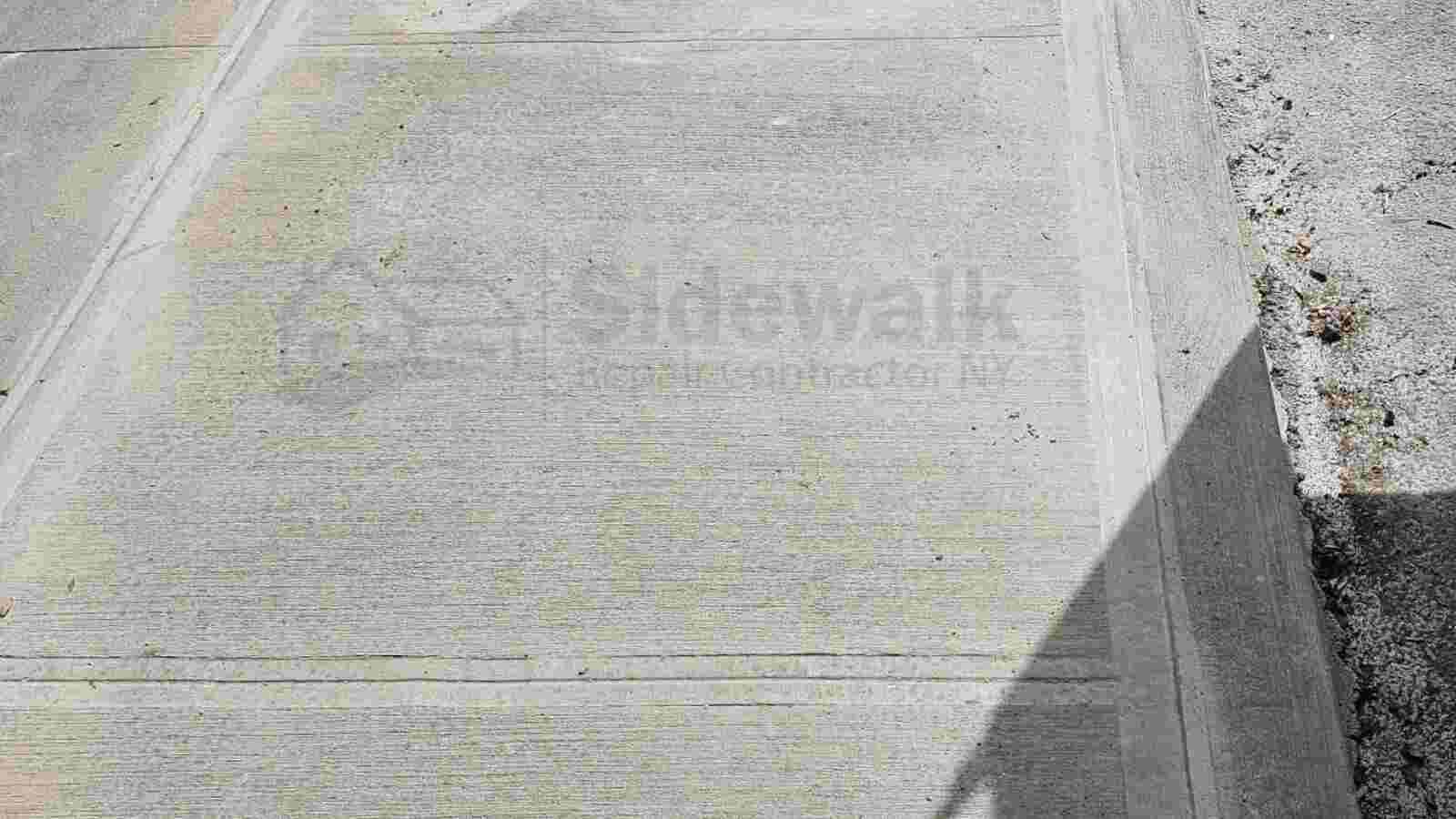
How Extreme Weather Impacts the Lifespan of Sidewalks?
Climate change is reshaping our seasons, bringing harsher winters, heavier rains, and intense summer heat to our doorsteps and our sidewalks. While sidewalks may look sturdy, extreme weather quietly shortens their lifespan.
Freeze-thaw cycles cause water to seep into tiny cracks and expand, breaking concrete apart. Prolonged heat weakens the surface and leads to premature wear. Rainwater pooling and melting ice create erosion and settlement, while high winds and debris add extra stress. Over time, these small damages grow into cracks, uneven slabs, and costly repairs.
The key to longer-lasting sidewalks? Understanding how different weather events affect sidewalks and adopting smart maintenance strategies can make a big difference.
Freeze-Thaw Cycles and Water Penetration
In colder climates, water seeps into small pores and hairline cracks in sidewalks. When temperatures drop, the water freezes and expands, forcing cracks to widen. As temperatures rise, the ice thaws, and the cycle repeats, gradually turning minor imperfections into serious structural damage.
The smart approach is to seal cracks before winter to prevent water infiltration and avoid costly replacements. Additionally, use eco-friendly de-icing salts when clearing accumulated snow. Harsh chemicals can accelerate concrete deterioration, while eco-friendly options help protect both your sidewalks and the environment.
Prolonged Heat and Thermal Expansion
When temperatures rise, concrete sidewalks expand. Without enough room to accommodate this thermal movement, the pressure leads to buckling, surface warping, and cracks. Over time, these cracks deepen, leaving sidewalks more vulnerable to erosion, uneven slabs, and costly repairs.
To combat heat-related damage, some cities are adopting cool pavements and reflective coatings that reduce heat absorption. These innovations help keep sidewalks cooler, extend their lifespan, and reduce stress on the concrete, especially in urban areas with intense summer heat.
Heavy Rains and Flash Flooding
Extreme rainfall weakens the soil beneath sidewalks. As the supporting ground erodes or washes away, sidewalks lose stability, resulting in sinking, tilting, or even collapse.
To reduce this risk, property owners and cities are turning to permeable paving and bioswales, landscaped drainage channels that absorb and filter stormwater. These solutions help sidewalks stay stable, protect their foundation, and support long-term climate resilience.
Strong Winds and Soil Shifting
High winds may not directly crack sidewalks, but they can accelerate soil erosion and expose tree roots around concrete structures. Over time, these roots exert upward pressure on sidewalks, creating uneven surfaces and dangerous trip hazards.
Smart landscaping choices such as planting tree species with non-invasive roots or allowing adequate spacing between trees and sidewalks—help prevent future damage. For existing sidewalks already affected by root intrusion, timely repairs or professional sidewalk adjustments can restore safety and stability.
Why Early Maintenance Matters
Ignoring small cracks or uneven slabs is the quickest way to turn minor repairs into costly replacements. Regular inspections help catch problems early, especially after harsh seasons.
Best practices for maintenance:
- Seal micro-cracks to prevent water penetration
- Reinforce weakened edges before they crumble
- Check soil stability after floods or storms
- Replace broken slabs before damage spreads
How Sidewalks Support Climate Resilience
Safe, well-maintained sidewalks encourage eco-friendly transportation, reduce car dependence, and help build healthier, more walkable neighborhoods. In doing so, they directly support the fight against climate change.
When sidewalks deteriorate, people are more likely to rely on cars, increasing emissions. Failing sidewalks also disrupt stormwater drainage, leading to flooding and erosion issues. In other words, strong sidewalks mean stronger, more resilient cities.
Protecting sidewalks isn’t only about avoiding costly repairs. it’s about investing in climate adaptive urban spaces where people and nature can coexist sustainably.
Building for a Climate-Resilient Future
Climate change isn’t slowing down, and neither should our adaptation strategies. Concrete may still be the backbone of modern sidewalks, but durability today depends on rethinking materials, designs, and maintenance practices.
Weather-proofing doesn’t mean pouring more concrete and increasing our carbon footprint. Sustainable, climate-conscious alternatives are available, including:
- Permeable pavers: Allow water to drain naturally, reducing freeze-thaw stress.
- Climate-resilient mixes: Advanced concrete blends designed to handle temperature extremes.
- Tree-friendly designs: Root barriers that protect both greenery and sidewalks.
- Reflective coatings: Reduce heat absorption and minimize expansion damage.
These strategies not only extend the lifespan of sidewalks but also support climate-smart urban design.
When extreme weather does cause damage, professional assessment is crucial. Sidewalk contractors don’t just replace concrete they identify root causes, factor in local climate conditions, and apply weather-resistant solutions. Working with experienced professionals ensures faster, safer, and code-compliant repairs while offering access to eco-friendly materials and innovative techniques. In the long run, this means fewer recurring problems and significant cost savings.
Building Sidewalks for the Future
As extreme weather grows more intense, sidewalks are often among the first to show signs of stress. But they can also be part of the solution if we rethink how we design, maintain, and repair them. By choosing sustainable materials, improving stormwater management, and committing to regular upkeep, we can extend their lifespan while creating safer, cooler, and more climate-ready neighborhoods.
Sidewalks are where community life happens protecting them means protecting the health, safety, and sustainability of our shared spaces.
